
Information signs near Sochi.
Artur Lebedev/Sputnik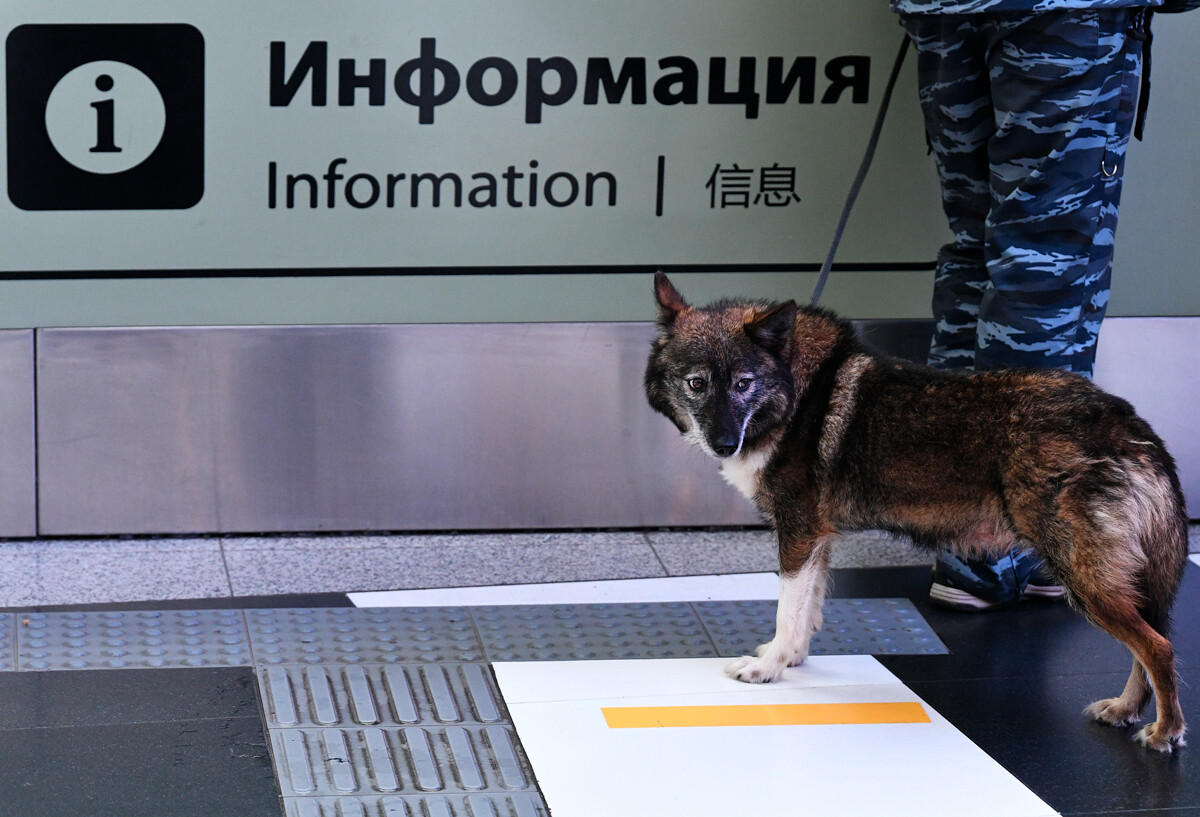
A service dog in Moscow's Sheremetyevo airport.
SputnikIn the subway, at airports, railways stations, stadiums and at customs control, navigation signs are (for the most part) translated into English and, sometimes, also into Chinese.
In big cities, stops on public transport began to be announced in English, as well. This was introduced after the 2014 Sochi Olympics and the 2018 World Cup, which was held in Russia.
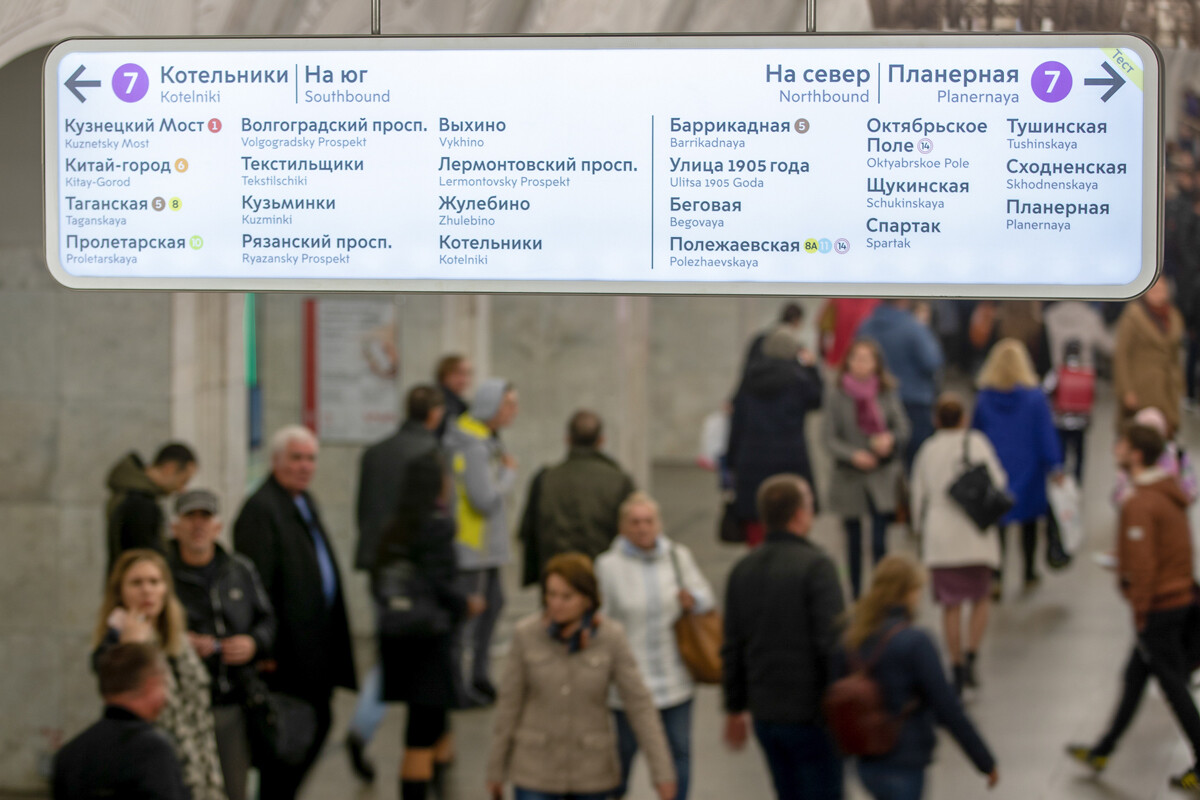
At the Pushkinskaya metro station.
Sergei Bobylev/TASSIn major cities, key toponyms on address plates and information billboards are also written in the Latin script. Proper names are transliterated rather than translated: for instance, Kitay-gorod metro station is listed as Kitay-gorod, not literally ‘China Town’.

Russia-Finland border.
Petr Kovalev/TASSOn highways, as one drives into borderline settlements, toponyms on road signs are written both in the Cyrillic and Latin alphabet.
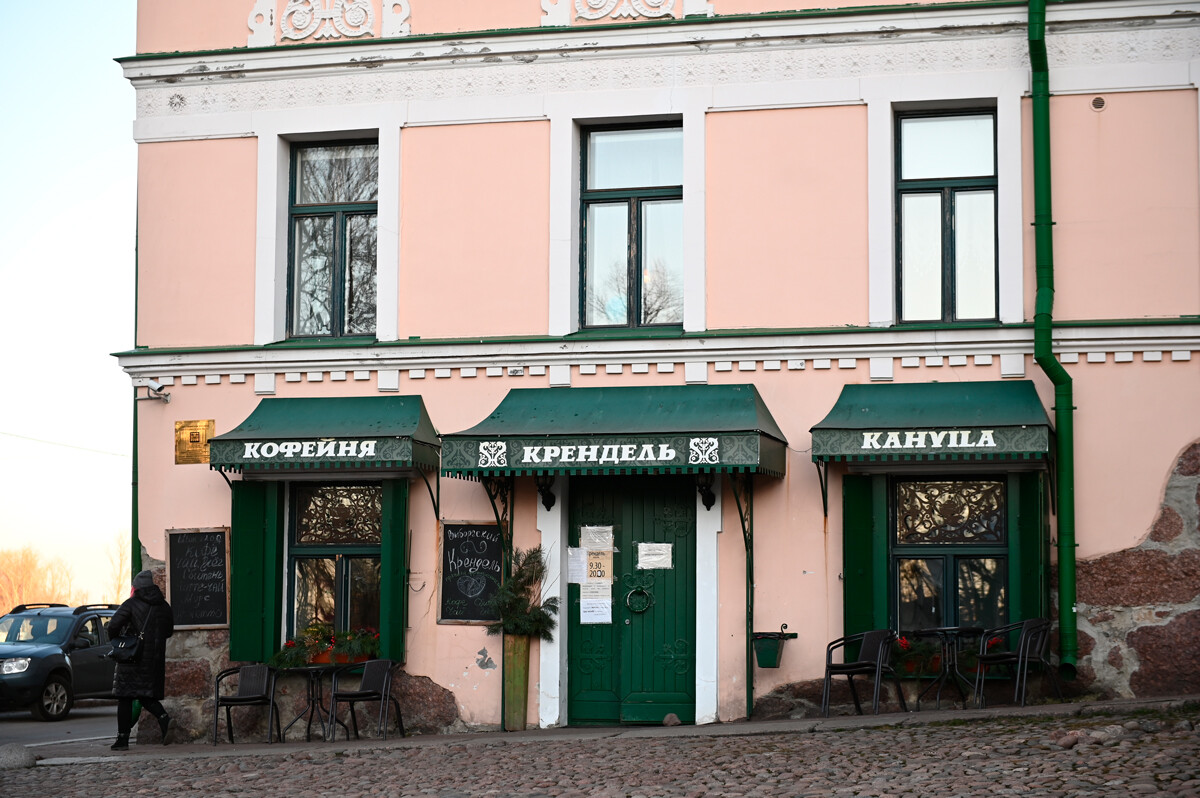
A cafe in the city of Vyborg.
Ekaterina Chesnokova/SputnikIn cities and villages near the border, one may come across translations of sign plates into the language of the neighboring country: by doing so, the owners of businesses demonstrate their being client-oriented to those visiting Russia.
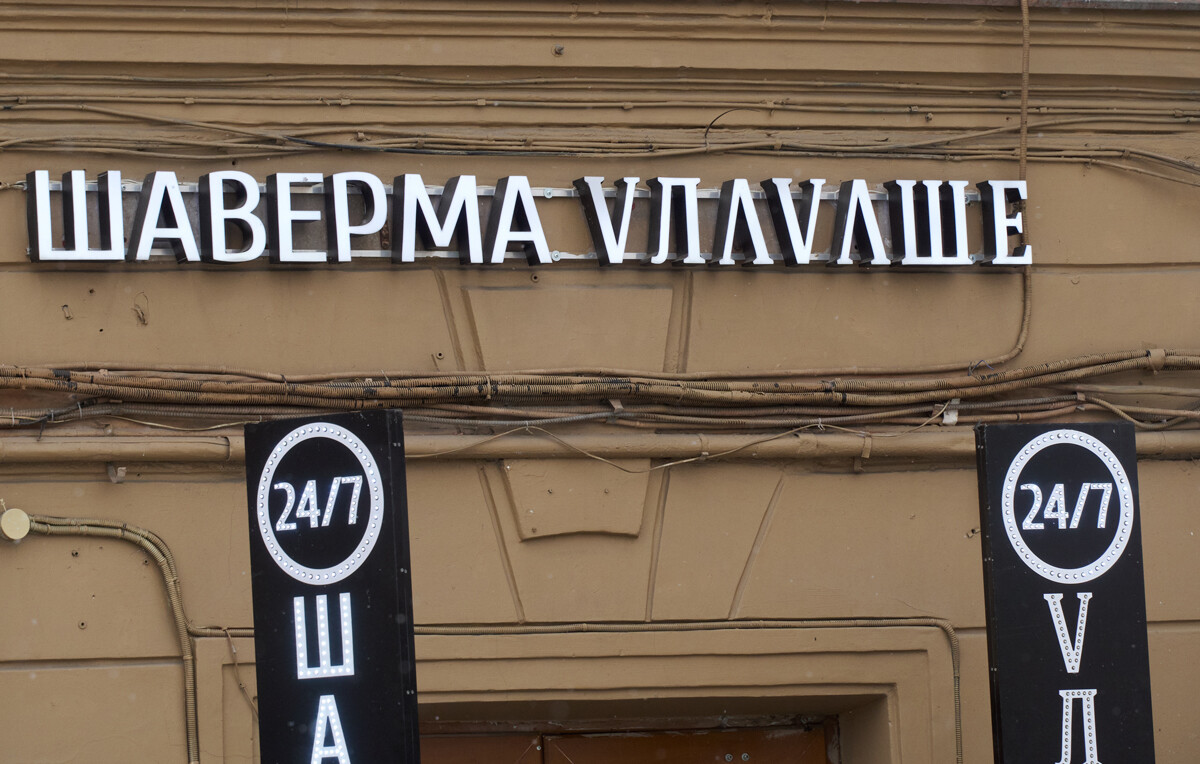
A shawarma kiosk in St. Petersburg.
Alexei Danichev/SputnikThe use of the Latin script is not always aimed at foreigners. It is sometimes used, or rather “mixed”, with Cyrillic, for instance, in the naming of venues or brands. And, at times, it looks… quite original!
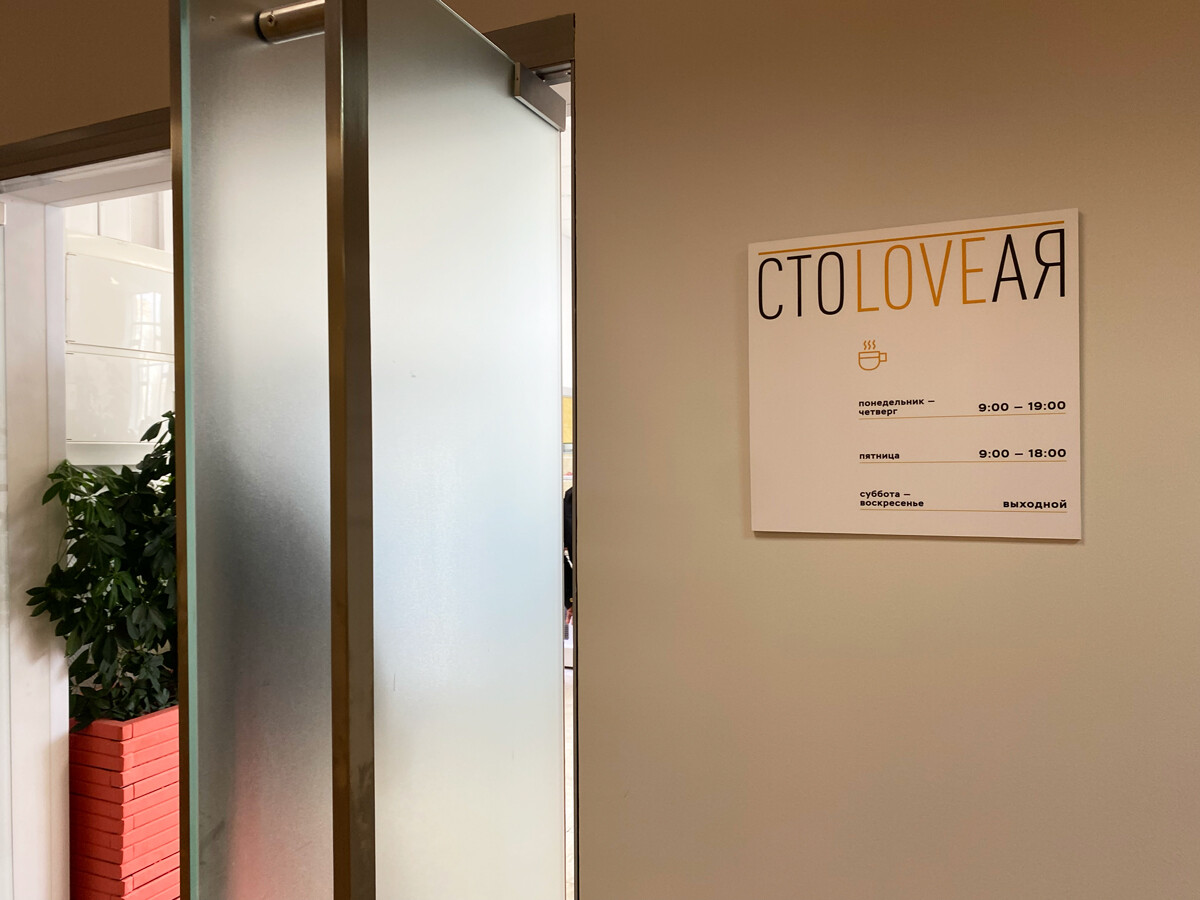
Canteen in office center in Moscow.
Russia BeyondDear readers,
Our website and social media accounts are under threat of being restricted or banned, due to the current circumstances. So, to keep up with our latest content, simply do the following:
If using any of Russia Beyond's content, partly or in full, always provide an active hyperlink to the original material.
Subscribe
to our newsletter!
Get the week's best stories straight to your inbox